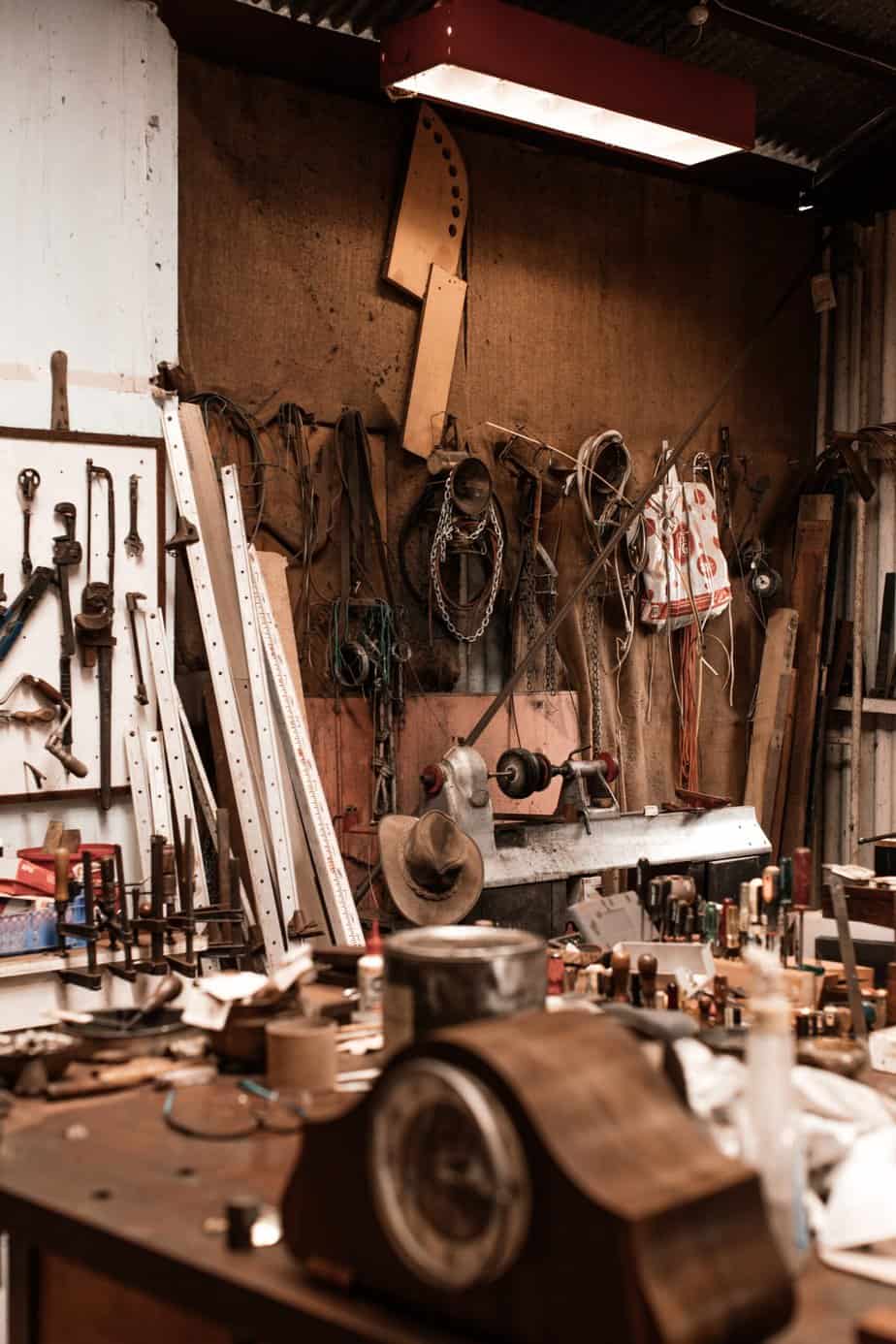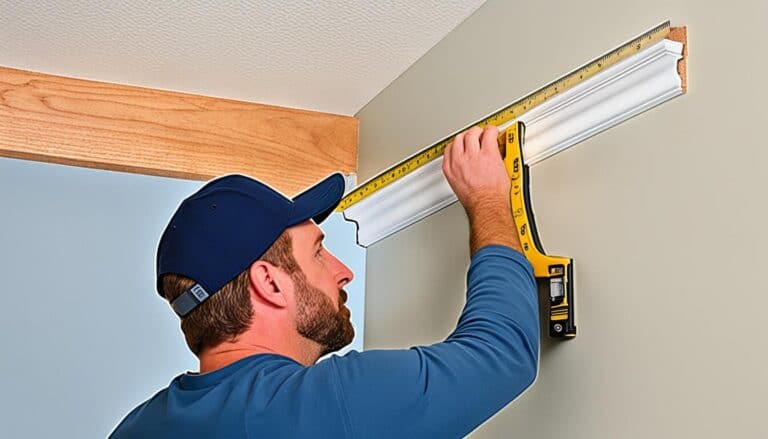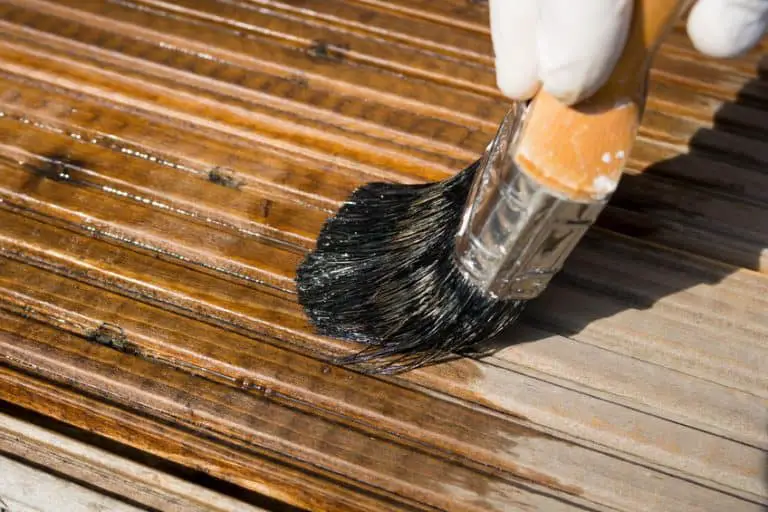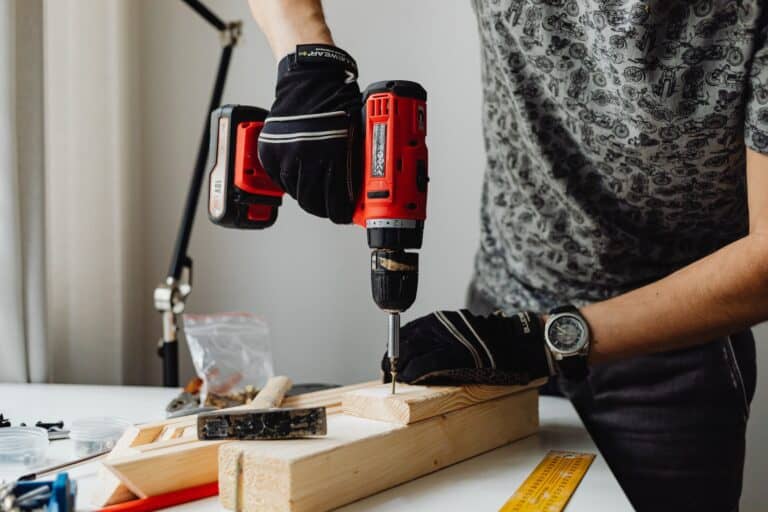As a beginner, it can be intimidating to walk into your first woodworking workshop. You might see tons of different tools that look amazing but you won’t know how they work or even what some do. But if want to learn the basics then there is no better place than here – we’re going teach everything from saws and planes through hammers and drills while providing plenty more information on each tool in order make learning as easy
Each of us as woodworkers starts somewhere. It doesn’t make a difference what woodworking specialty you start in we all learn the basics first. The tools you learn first are basic tools such as hammers, drills, tape measures, levels, etc. These are pivotal to the foundation and success of your woodworking skills as these are used to create most if not all woodworking projects and creations.
Hand Saw
Woodworkers know that in some projects, you simply can’t bring the same level of precision with a power tool as your hand saw. Power tools provide an easy grip and great force to cut through wood but they also have limited versatility; if it’s not designed for one purpose then there are many other options available which will serve better than this specific type. For those who want more control over their project or need something light enough, try using traditional hand saws instead – hand saws offer unbeatable edges when detailing small areas like trim or finished woodworking projects.
Measurement Tape
The best way to get a measurement is with an accurate tape. No other tool can compare and nothing compares in terms of accuracy, speed or ease-of use for this important task when measuring things like logs or wood planks.
When shopping for a tape measure, you will find that there is an almost endless variety of options. Some are retractable and button-activated or handle operated; these tend to be popular among buyers who want the most convenient option possible since they don’t have keep pressing their escape key every time they need another reading! Other types come with locks on both ends so it can’t get lost within zooming ranges–perfect if accuracy matters more than anything else in your work environment (though these might not always fit into tight spaces).
When working with wood, you should go for options that are at least 20 feet long and have both retractable or locking mechanisms. However, if your project only requires a small amount of space than smaller ones may work too.
Chisel & Mallet
Both tools play major roles in woodworking, but they are used for different things. A chisel is a hand tool that you use to remove waste from the face of a board or to cut joints and other details into the wood (half-blind dovetails, finger joints). They come in many shapes and sizes, with different widths and thicknesses. A mallet is a tool that you use to drive chisels, mortise chisels, or any other hand-held woodworking tools (auger bits).
Choosing between the two depends entirely on what you are doing. If you want to chop mortises quickly, use a mallet. A mallet is also good for larger chisels (such as the ones used for chopping mortises). However, if you are careful with your cuts and only need to make a few, a chisel is fine enough.
Choose wisely – if you need to remove waste, use a chisel but if you want to make patterns or precise details (such as dovetails) use a mallet. The choice also depends on what kind of project you are working on – the smaller the detail, the better chance you have of using a chisel. A mallet is also good for large chisels (such as the ones used for chopping mortises). However, if you are careful with your cuts and only need to make a few, a chisel is fine enough.
Screwdriver
A screwdriver is a tool used to drive screws. It has a metal shaft, typically with a handle at one end and an tip at the other that fits into the head of a screw. There are many types of screwdrivers made for specific purposes. The main differences between them usually lie in their size and shape, which determines how well they fit a particular type of screw head, and the amount of torque that they can safely apply.
Standard or Straight Blade-The standard blade is by far the most commonly used type of screwdriver, as it fits 90% of screws. When using this type of driver, you turn it “in line” with the screwdriver. It is used in applications where high torque is required, such as driving screws into hard wood or sheet metal.
Phillips – The four lobe pattern of this screw allows the blade to be firmly gripped. The Phillips type is very popular with assembly line manufactured products that have a tendency to see extensive repetitive use because it manages to maintain its grip on the screw heads better than other types, being less prone to slippage during driving.
Sander
A sander is a tool that helps you smooth out the surface of your workpiece. It makes less noise than a regular power drill or an angle grinder, which are two other popular choices for beginners. A sander uses different sandpaper grits or coarseness.
A sander is rated on how many watts it uses. It’s still a good idea to use ear protection, but sanders that use less than 10 watts won’t be nearly as loud as sanders that operate at 20-30 watts. A sanding disc on the sander spins with a lot of force, and on some low-wattage machines can go up to 17000 RPM (revolutions per minute).
A good option for beginners would be a mini mite palm sander. This one uses only 8 watts and is very quiet. It also has an ergonomic design so that your wrist won’t hurt from holding the sander. The front of the machine is tapered so beginners won’t have to worry about gouging their workpiece when they’re just learning how to properly hold a sander.
Drill
You should get a drill for woodworking if you want to avoid working with your hands and if you’re not patient enough to use a handdrill. With a power drill, you can bore holes very quickly or even mount screws by simply pushing them through the material. This is also an advantage if you use glue for woodworking as well because there’s no need to put screws in by hand.
What are the most important things when buying a good drill for woodworking?
A decent cordless drill should be powerful (1200 to 1800 watts), but at the same time, it should be lightweight and versatile enough to adapt to different types of material such as metal or wood. The maximum speed of your drill should be around 2000 rpm. A high number of revolutions per minute is important because it enables you to bore through materials much faster. In addition, a good drill should have a forward and reverse mechanism as well as a soft grip handle.
Level
Some new woodworkers wonder whether they should get a level or a combination square as their first woodworking tool. Let’s compare a level and a combination square to help new woodworkers decide which tool is best for them.
The first step in choosing your first woodworking hand tool as either a level or as a combination square is to find out whether you’ll be working with larger workpieces such as door panels, cabinets and tabletops. Or will you be sticking to smaller projects such as shelves, picture frames, small boxes and other small woodworking projects?
If your first project is a small project like shelf or a box then either the combination square or the level will work fine.
But if your first project is larger, say it’s a door panel or some cabinets which need to be level and plumb, then you’ll need a level.
The bigger the workpiece, the higher probability that it will be out of level and out of plumb. And in this case, a combination square can’t help you much because its surface markings are either too small to see or too short to at least provide a reference.
Hammer
When it comes to choosing a hammer for your home, there are many different types and options. One of the most important features you should look out for when making this decision is what type or style head shape best suits how you use tools.
Whether its thickness against nail sizes (flat heads), if they have handles that make them easy handled despite being heavy in weight; even deciding between single hitting arms/claws vs double grabbing hilts can matter depending on task demands at hand! The right choice will depend entirely upon personal preference but always take into account practicality too.
Clamps
The clamps are one of the most overlooked but always among useful tools. In fact, they’re probably only type you can use to hold or anchor pieces wood without making much effort with just their grip on it.
Clamp materials come in many sizes and kinds so there’s no shortage when considering what will work best for your needs – small or large ones? This way not only do we have enough versatility throughout jobs. Clamps may also provide accuracy depending upon how specific our task requires them too by attaching themselves directly into jigs which help cut accurate holes along side other machinery etc..
For more information on Clamps – Check out our article here.
Safety Items
Woodworking is a dangerous job, but with the right equipment you can ensure your safety. Work gloves that are durable and thick will help keep hands protection from cuts or abrasions while sawing wooden pieces without worrying about damaging them too much (if at all). Consider getting protective goggles as well; they’ll prevent dusty particles entering eyes which could cause serious problems if not dealt within seconds.
When working in dusty environments, a face mask will keep you from inhaling the harmful particles. Alongside using one of these with your dust collector can make sure that environment stays less dusty and safer for workers to be around while they work on their projects or tasks at hand.
Other safety items worth considering include puncture resistant construction boots; helmets which protect both eyesight (and indeed heads) during accidents/injuries sustained whilst doing woodwork–so essential if there’s any chance whatsoever something might happen.
Conclusion Get To Work On Your Woodworking Toolbox Now!
When you first start woodworking, it will be difficult to learn. But with time and experience comes familiarity enough that even the hardest jobs can get done without problems! Just make sure your toolbox contains all of those essentials before challenging yourself further into becoming an expert in this field – starting off right is important if success awaits us on our journey ahead.








